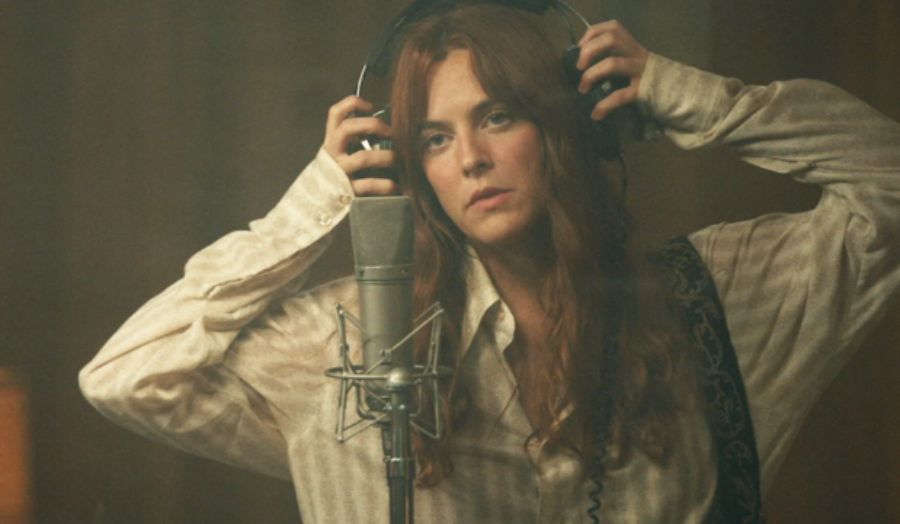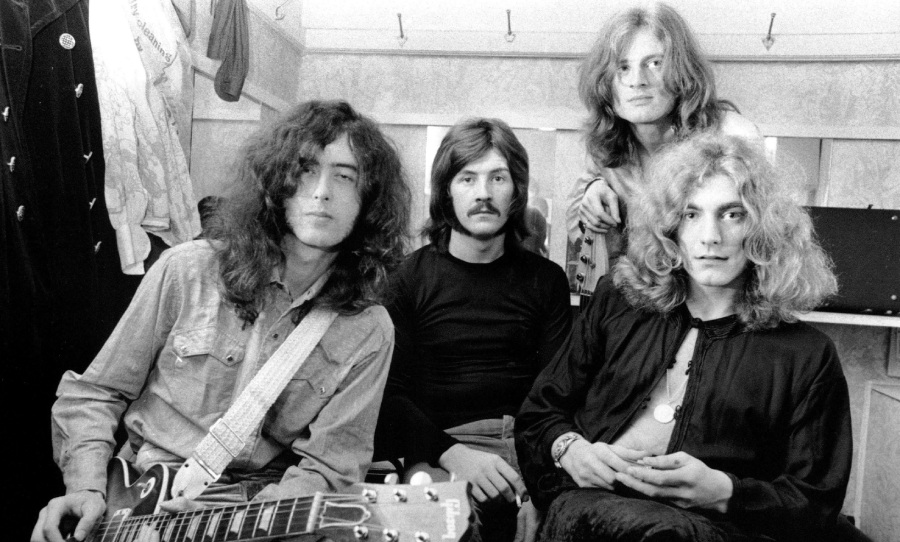Using authentic 70s locations that are both gritty and luxurious, Daisy Jones & The Six evokes a nostalgia that audiences love, and showcases what L.A. stood for, a home for success and for moral decay.
Daisy Jones & The Six was an ambitious attempt to capture the wonder of the 70s. Viewers and fans of the book have struggled to latch onto the show’s narrative but its location-based shooting has displayed L.A. in all its grit and glory.
The creators of the show have seemed to dull the enigmatic Daisy of the books, despite Riley Keough’s best efforts, taking away her flaming red hair and covering up her outrageously provocative dress sense. For the most part, the feeling of real magic Jenkins Reid creates in her novel was lost in its journey to the screen.
Scott Neustadter and Michael H Weber of The 500 Days of Summer fame have continued their tradition of creating a ‘not like other girls’ character who struggles to actually escape the sense of being a male fantasy.

The songs, which were rewritten from the original text, also lack the complexity they are meant to be praised for. We are given a pop-rock album that fails to pierce the soul and instead makes the ambiguity of Daisy and Billy’s relationship painfully obvious. What is subtle in the book is thrown in the face of the audience.
However, what the show does manage to execute is a sepia-toned love letter to 70s Los Angeles. The show’s designer Jessica Kender focused on filming in as many original L.A. locations as possible. The ephemeral nature of the Sunset Strip is tangible in the show, the characters flock to the location, all reaching for stardom as so many artists really did in the 70s. The show roams from music venues, hotels, clubs and even real restaurants, binding its’ narrative to the history of music in LA.
In the first episode, we see a young, bright-eyed Daisy sneaking into the back of The Whiskey a Go Go, with the sign advertising The Doors and The Byrds. The metal cages and The Byrds-esque band playing Goin’ Back, seen through the young Daisy’s eyes gives the audience a real poignant sense of wonder.
The narrative flicks back to the Dunne Brothers, where we see the band scoring their first L.A. gig at Filthy McNasty’s, which is now the infamous Viper Room. The crass branding and dingy interior are a fitting setting for the up-and-coming band trying to find work.
When Daisy is finding her songwriting feet, she plays to herself in The Troubador. This venue was an epicentre for folk music in the 70s. The bar has remained relatively untouched since then, giving the scene much-needed authenticity. The candle-lit room with its’ well-used piano lends a little star power to Keough.
The Chateau Marmont, which served as a luxurious halfway house for many musicians in the 70s, is where Daisy takes up residence. Although filmed in a nearby location, the scenes still evoke the decadence of the Chateau and is the obvious setting for Daisy’s lavish displays of substance-fueled self-destruction.
Where the show flourishes is in the Sound City Studios. The studios are exactly the same as in the 70s and Kender quotes for Variety that they found a great picture of Stevie Nicks performing in their big studio’, a symbol of what the show is trying to create. Daisy Jones & the Six, which is loosely based on Fleetwood Mac, emulates the same tension-filled writing process in the studios.
For all the things this Amazon Studios production lacks in narrative believability and star power, it makes up for in the way it looks. The authentic 70s locations are both gritty and luxurious, evoking a nostalgia that audiences love. It is a showcase of what L.A. stood for, a home for success and for moral decay.



